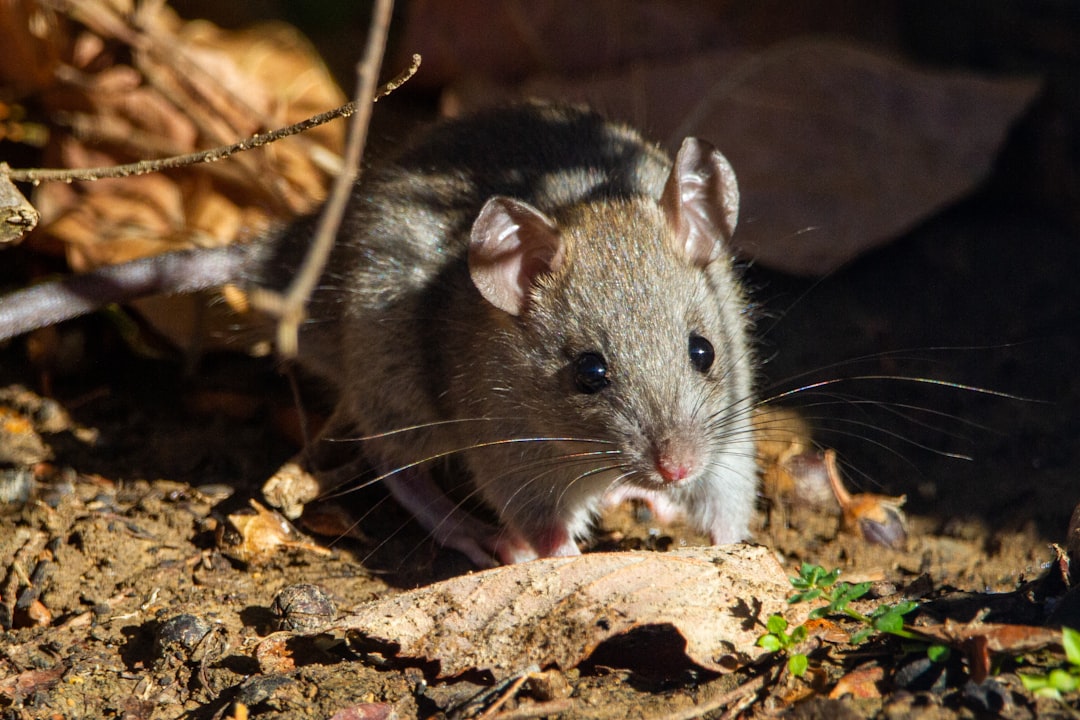What is it about?
With the increase in wind turbines, bird collisions have developed as a potential hazard. In the federal state of Brandenburg, Germany, despite the on-going mitigation efforts of increasing the distances of wind turbines from the breeding areas of the more severely affected populations of red kites (Milvus milvus), the additional detrimental influences on the buzzard populations (Buteo buteo) have added to the challenges for wind power expansion. Using data on the regional distribution of the buzzards, along with their carcass detection around the wind turbines (WTs), we aimed to better understand their collision distribution patterns, in relation to their habitat use patterns to predict their exposure to collision risks, on installation of wind turbines.
Featured Image

Photo by Niclas Dehmel on Unsplash
Why is it important?
The study demonstrates the identification of potential collision areas, in addition to demonstrating the benefits of incorporating a species collision dataset as a proxy for species presence into species distribution models to make informed management decisions to eventually combat biodiversity loss. Additionally, our strike susceptibility model is applicable at the turbine deployment sites and our working methodology can be tweaked on a case-by-case review, taking into account the different land use types, their included features, the distances between these features and detailed information regarding any target species, to predict their strike susceptibilities in the landscape, and avoiding them, to minimize biodiversity loss due to collisions.
Perspectives
Despite the usefulness of their study for regional planning processes, our collision distribution and strike susceptibility models are neither a substitute for detailed population monitoring nor for site-specific Environmental Impact Assessments (EIAs) in the course of project planning. Also, while interpreting the results of our study and it is highly necessary to adjust our recommendations, according to the specific situations present in the different study regions. The best approach is not to expect our models to be an ultimate endpoint but instead to follow it as a guide for consultation within limited resources and should not be used as a sole decision-making tool for the selection of suitable wind turbine sites in the landscape.
Anushika Bose
UFZ
Read the Original
This page is a summary of: Predicting strike susceptibility and collision patterns of the common buzzard at wind turbine structures in the federal state of Brandenburg, Germany, PLoS ONE, January 2020, PLOS,
DOI: 10.1371/journal.pone.0227698.
You can read the full text:
Contributors
The following have contributed to this page










